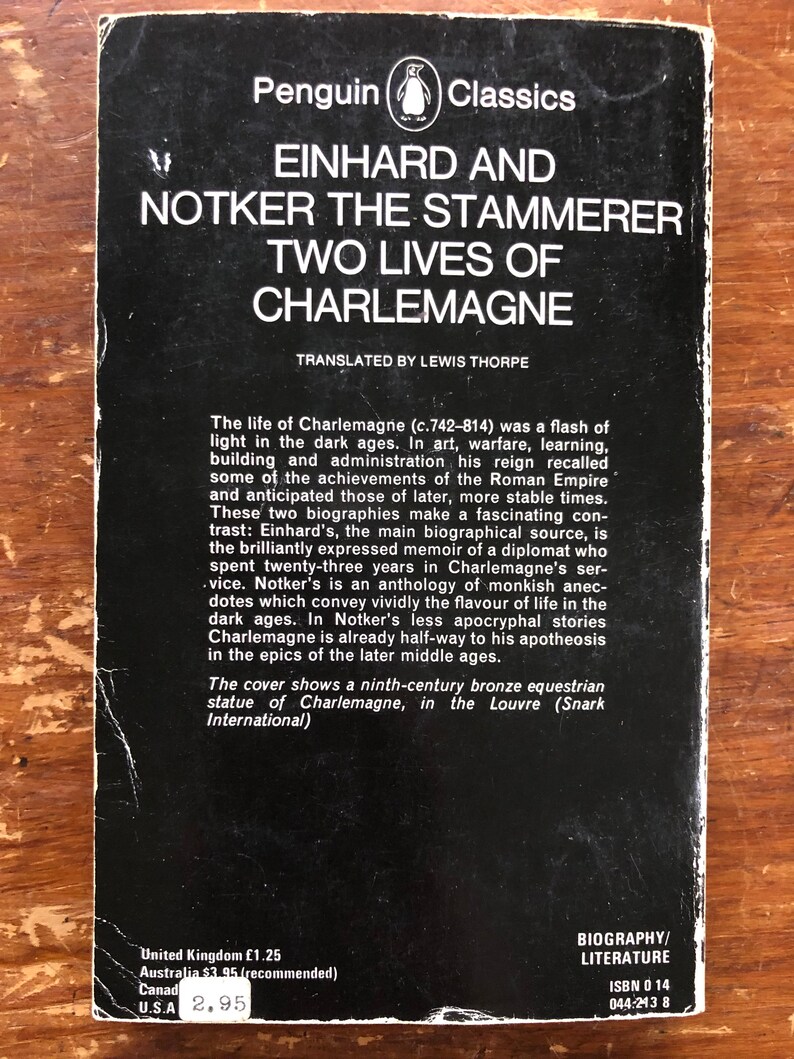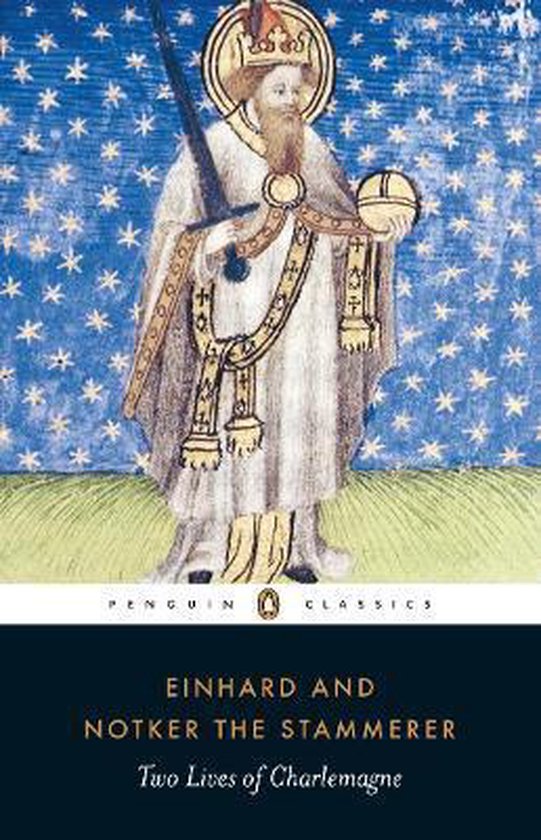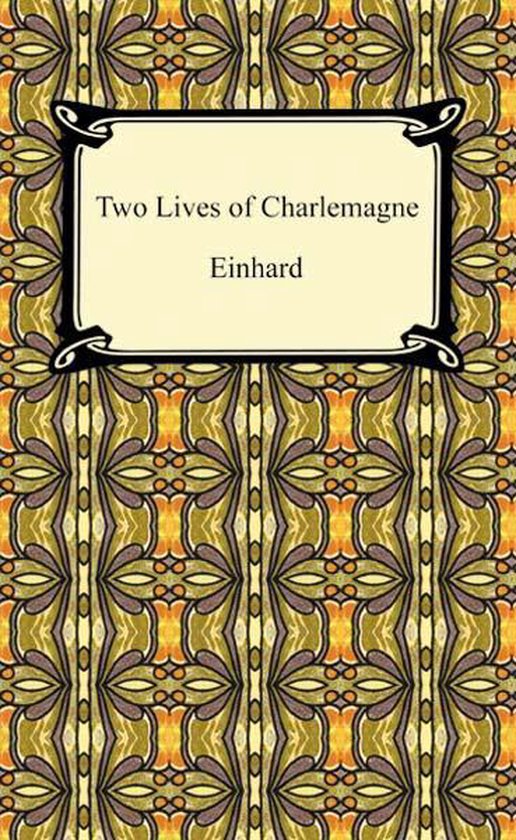
The coverage of King’s family and personal life is kept to a minimum, as is the convention of the time. The main focus of Einhard’s work was the official life of Charlemagne, which entailed the wars he participated in, the key political decision that he took, the civil society projects he implemented, etc. By the time he undertook this project, the King had already passed away, which goes on to show how well the author’s memory and observation had served him during the writing process.

Indeed, his closeness to the King was such that he was able to recollect the entire account of the King’s life during his twilight years, when he retired from his duties and was staying in a monastery. Historians and classicists will find this particularly useful, but Penguin’s paperback editions also help make this history available to laypeople seeking to broaden their own reading.In the case of Einhard, he was a prominent member of the Royal court and hence was privy to the personal and official lives of the King. They resemble Plutarch’s Roman Lives or some other European sagas, like that of Egil or Snorri Sturluson’s saga of King Harald. Taken together, the two biographies offer insight into the Middle Ages as well as the process of historical writing at this time. At times, he cites nonexistent sources or mistakes dates, using parables to teach lessons while criticizing the pride of high-born bishops. Notker’s work compiles anecdotes of Charlemagne rather than attempt to offer a proper biography, invoking the virtues of Charlemagne in order to please his patron.


The work demonstrates the effect of that patronage, as Charles III sought to emulate his great-grandfather, even modeling his palace at Sélestate in Alsace after Charlemagne’s Palace at Aachen. Notker wrote his account of Charlemagne’s life for Charles III, known as “The Fat,” the great-grandson of Charlemagne who visited Gall in 833. Ogg (1907) and Thomas Hodgkin (1897) consider the work a faithful account and a starting point for modern biographers.

Unlike other biographies from the Middle Ages that focus on their subjects’ good deeds, scholars such as F.A. He worked in Charlemagne’s court and so had good knowledge of his source, drawing upon first-hand accounts while using his book to promote education. Show More lived between 2 April 748 and 28 January 814, and was King of the Franks from 768, King of the Lombards from 774, and the Holy Roman Emperor from 800, uniting most of Western Europe for the first time since the fall of the Roman Empire in 476.Įinhard sought to evoke classical works, specifically Suetonius’s Lives of the Caesars.


 0 kommentar(er)
0 kommentar(er)
